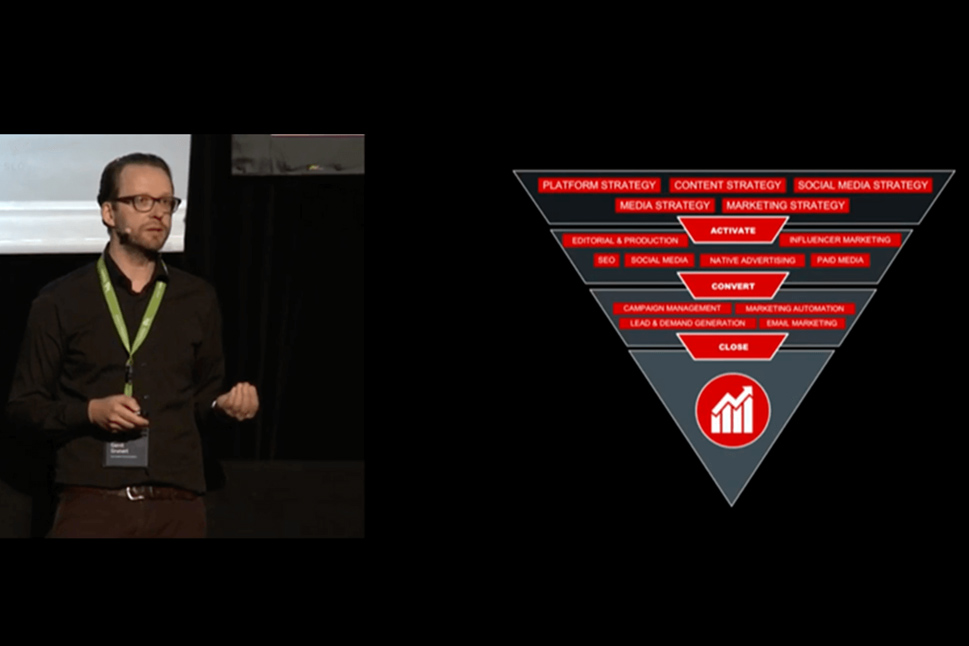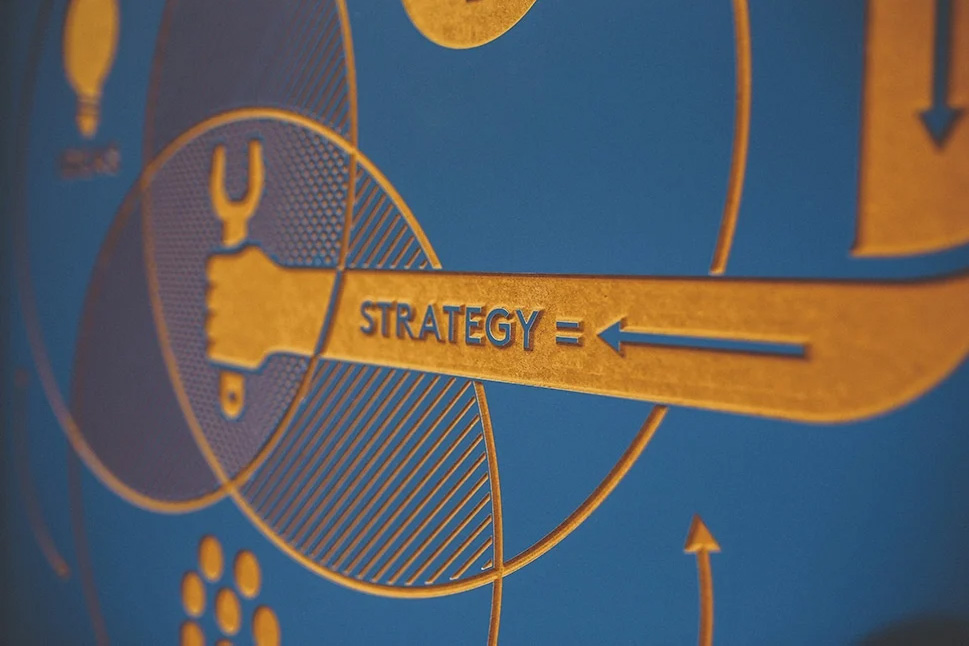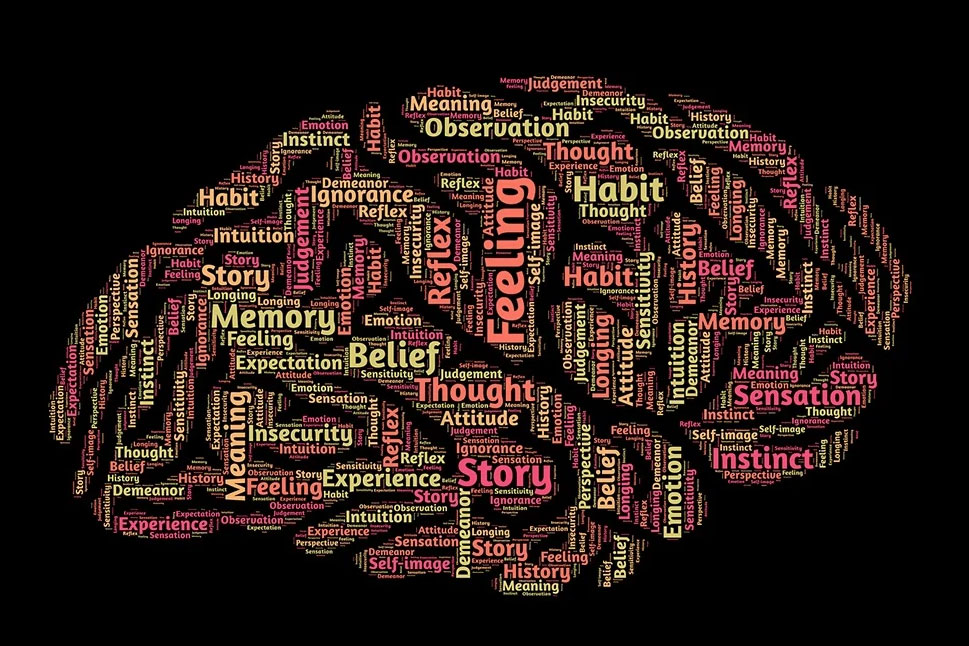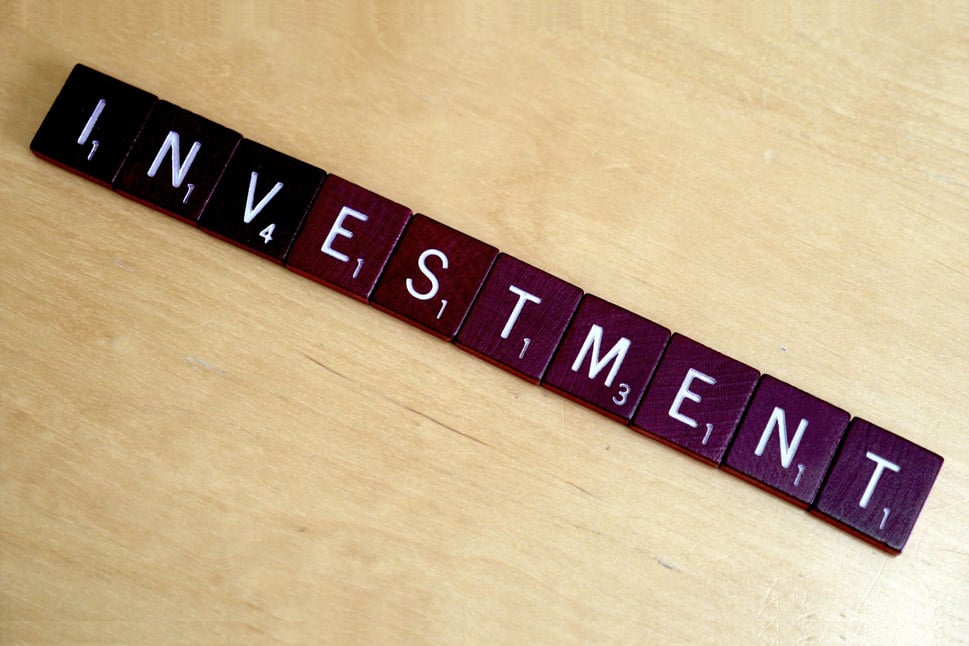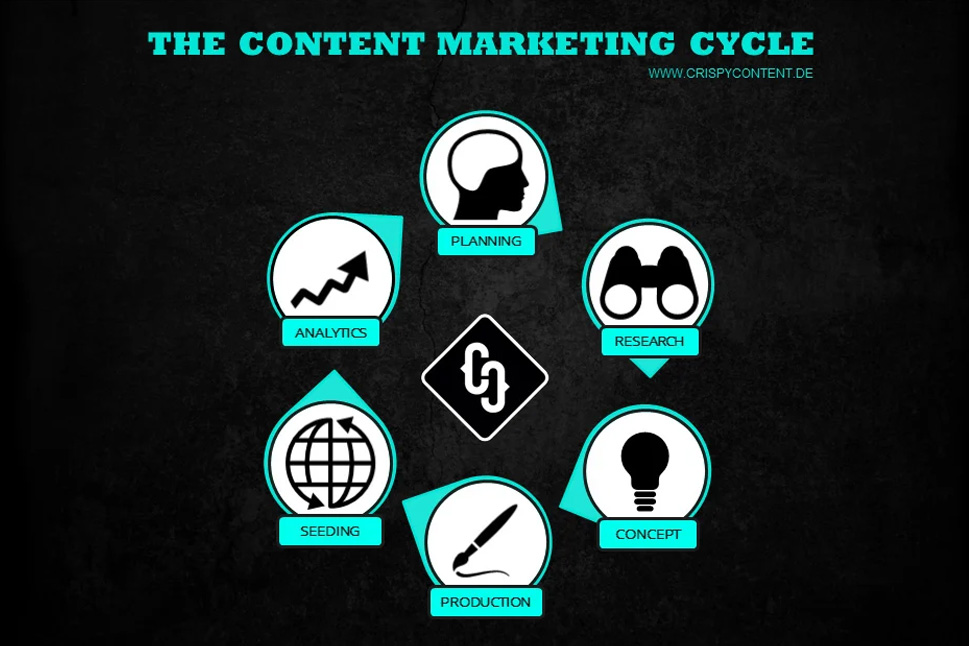Achieve Greater Reach with Existing Content
Last updated on August 18, 2025 at 22:00 PM.Many marketing departments already possess a wealth of content that, with minimal effort, can yield significant new impact. The systematic reuse and adaptation of existing materials has become a vital component of a sustainable communications strategy. In organizations with complex structures and diverse teams, valuable content is easily forgotten—not just in marketing, but also in related areas such as sales or product management. Content that may seem “outdated” can often be refreshed with minor adjustments and deliver above-average results. The key is to regularly assess which materials remain current and relevant.

Criteria for Selection and Effective Repurposing
Not all content is equally suitable for reuse. A structured selection process is essential: Which assets continue to attract traffic? Which topics are evergreen? Which formats can be translated into other channels or media? A systematic catalog or centralized database—where all content is tagged by topic, format, relevance, and performance—proves invaluable. This approach makes it easier to identify “hidden gems” and significantly reduces production timelines.
Performance is another critical criterion: Content that has previously generated high engagement, conversions, or SEO results offers exceptional potential. Ideally, success measurement is data-driven: The performance of repurposed content should be continuously compared with newly created pieces to support informed decision-making.
Sustainability Through Efficient Use of Digital Resources
Repurposing digital content is not only a matter of efficiency but increasingly one of sustainability. The ecological footprint of digital production is gaining attention. Organizations are setting formal goals to reduce resource consumption and digital “waste.” Integrating sustainability KPIs—such as within ESG initiatives—is becoming more important.
Governance frameworks are being developed to enable sustainable content management. Metrics such as the number of updated versus newly produced assets, or the share of recycled content in the overall portfolio, are being incorporated into reporting. Moving forward, AI-driven tools will enable even more targeted and resource-efficient reuse.
New Technologies and Automation Simplify Workflows
Technological advancements are opening up new possibilities for the strategic use of existing content. AI-based systems automatically identify high-potential assets, analyze performance data, and recommend optimal formats for repurposing. Central content libraries with intelligent tagging and automated workflows facilitate the orchestration and targeted adaptation of content across channels and to specific audiences.
This enables better planning and control, especially for seasonal campaigns or account-based marketing strategies. Budgets are shifting increasingly from the creation of new content to the intelligent utilization of existing materials. Simultaneously, this approach ensures a continuous stream of cross-channel messaging.
Step-by-Step Guide to Getting Started
The path to systematically repurposing existing content begins with a few clear steps:
- Inventory: Collect all existing content in a centralized database and assign relevant metadata (topic, format, publication date, performance).
- Define Criteria: Establish which content qualifies for reuse—such as evergreen status, high engagement rates, or thematic relevance.
- Regular Audits: At fixed intervals (e.g., quarterly), review which assets can be updated, repurposed, or adapted for new channels.
- Establish Workflows: Develop clear processes for selection, adaptation, and publication. Define responsibilities and communicate them across departments.
- Measure Performance: Systematically track the success of repurposed content and compare it with new pieces. Evaluate KPIs regularly and adjust processes as needed.
- Leverage Technology: Implement centralized libraries, tagging systems, and—if necessary—AI tools to boost efficiency and reach.
Industry Relevance and Future Outlook
The importance of a sustainable approach to existing content is growing across all industries. Especially in highly competitive markets, this approach conserves resources, allows for more targeted budget allocation, and increases the speed of communication. The integration of AI and automation will further reinforce this trend. Companies that adopt structured processes and data-driven decisions early on will gain a competitive edge in visibility, lead generation, and brand strength.
Creative, smart and talkative. Analytical, tech-savvy and hands-on. These are the ingredients for a content marketer at Crispy Content® - whether he or she is a content strategist, content creator, SEO expert, performance marketer or topic expert. Our content marketers are "T-Shaped Marketers". They have a broad range of knowledge paired with in-depth knowledge and skills in a single area.

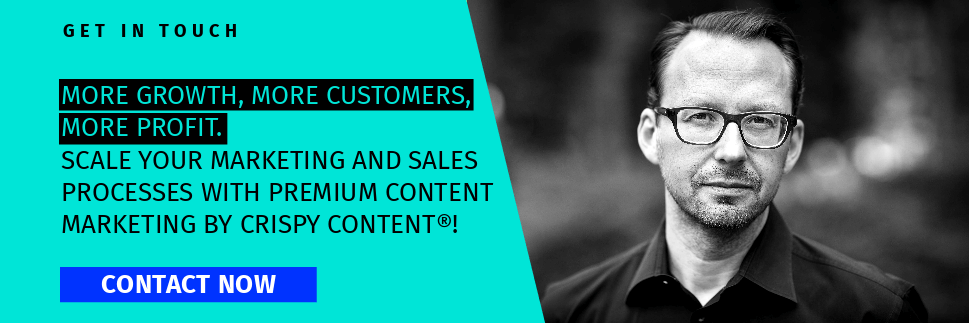







.png)






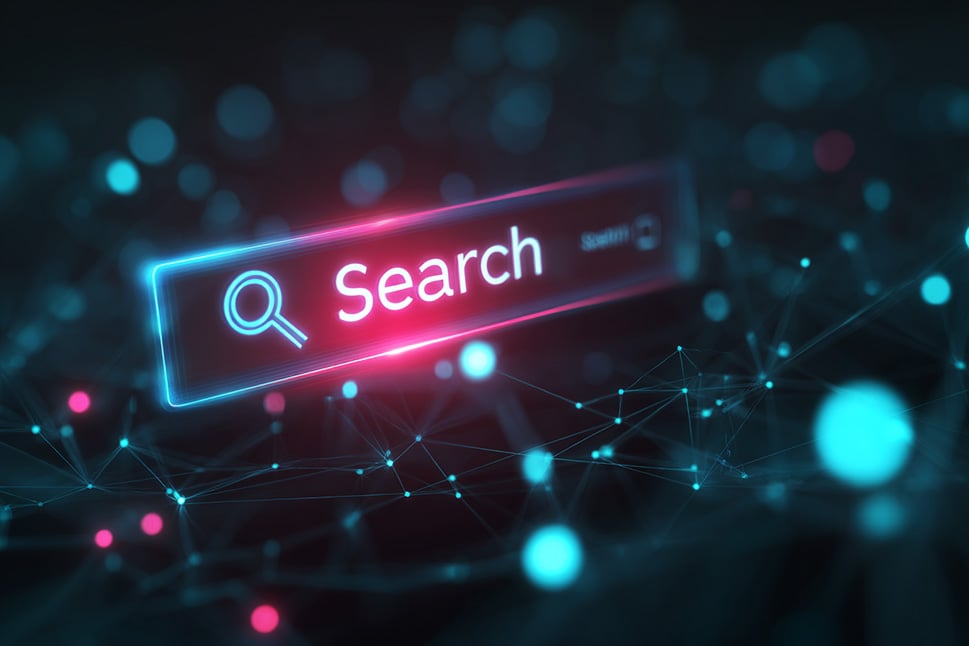




.jpg)

-1.jpg)

-1.jpg)
.jpg)



.jpg)













.jpg)







.jpg)


























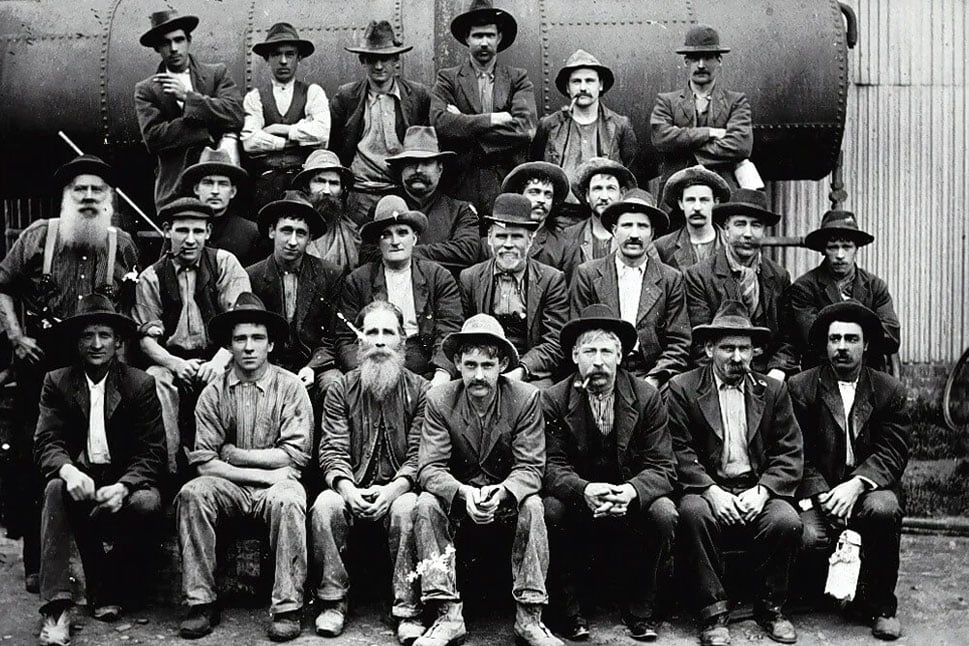


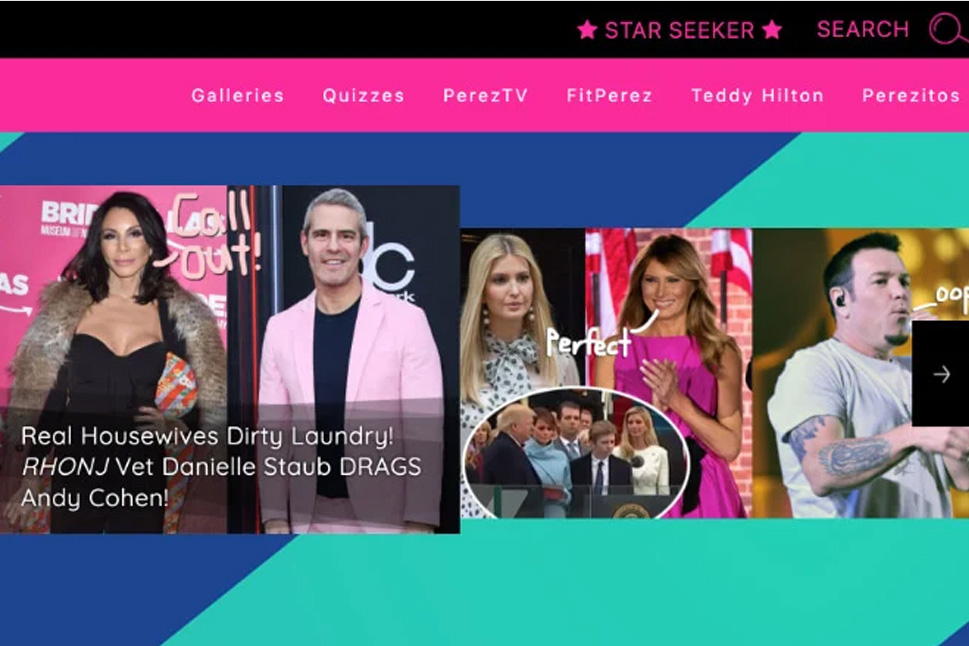



.jpg)

















